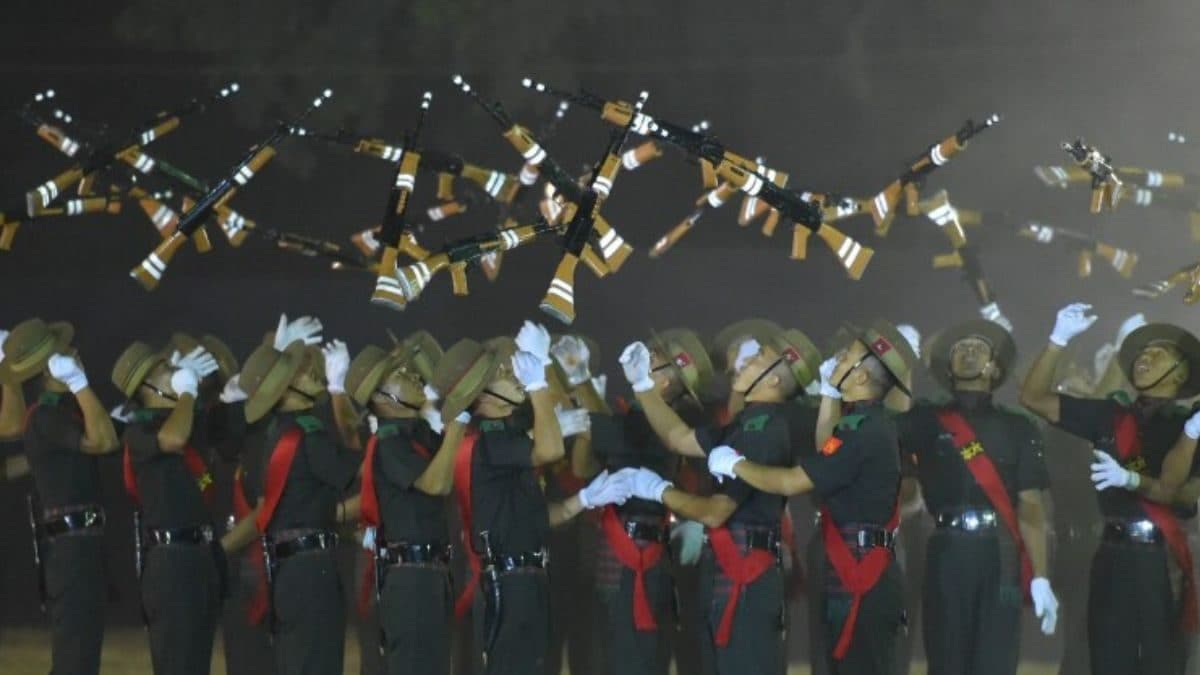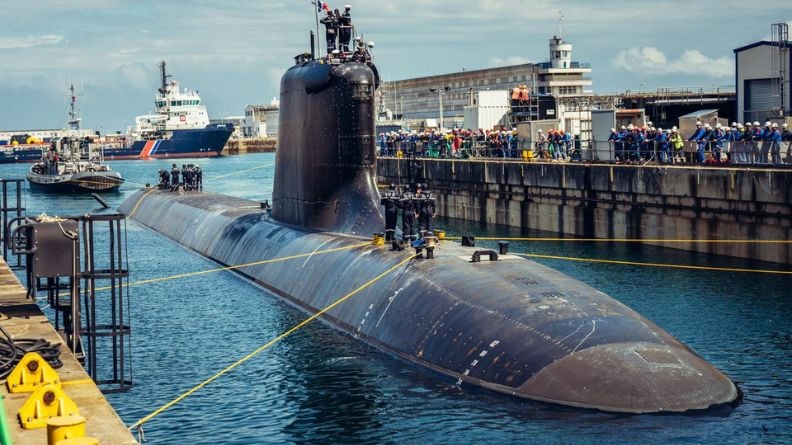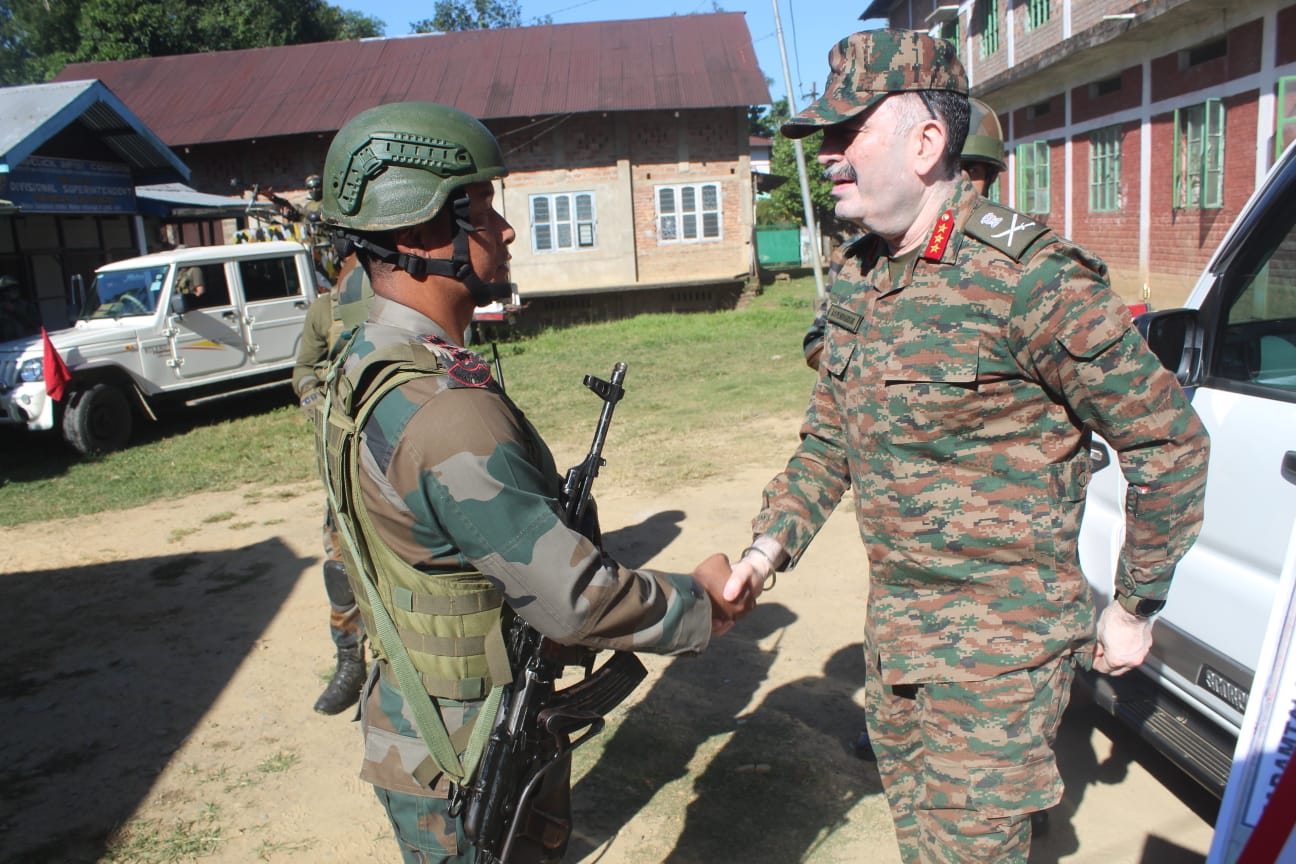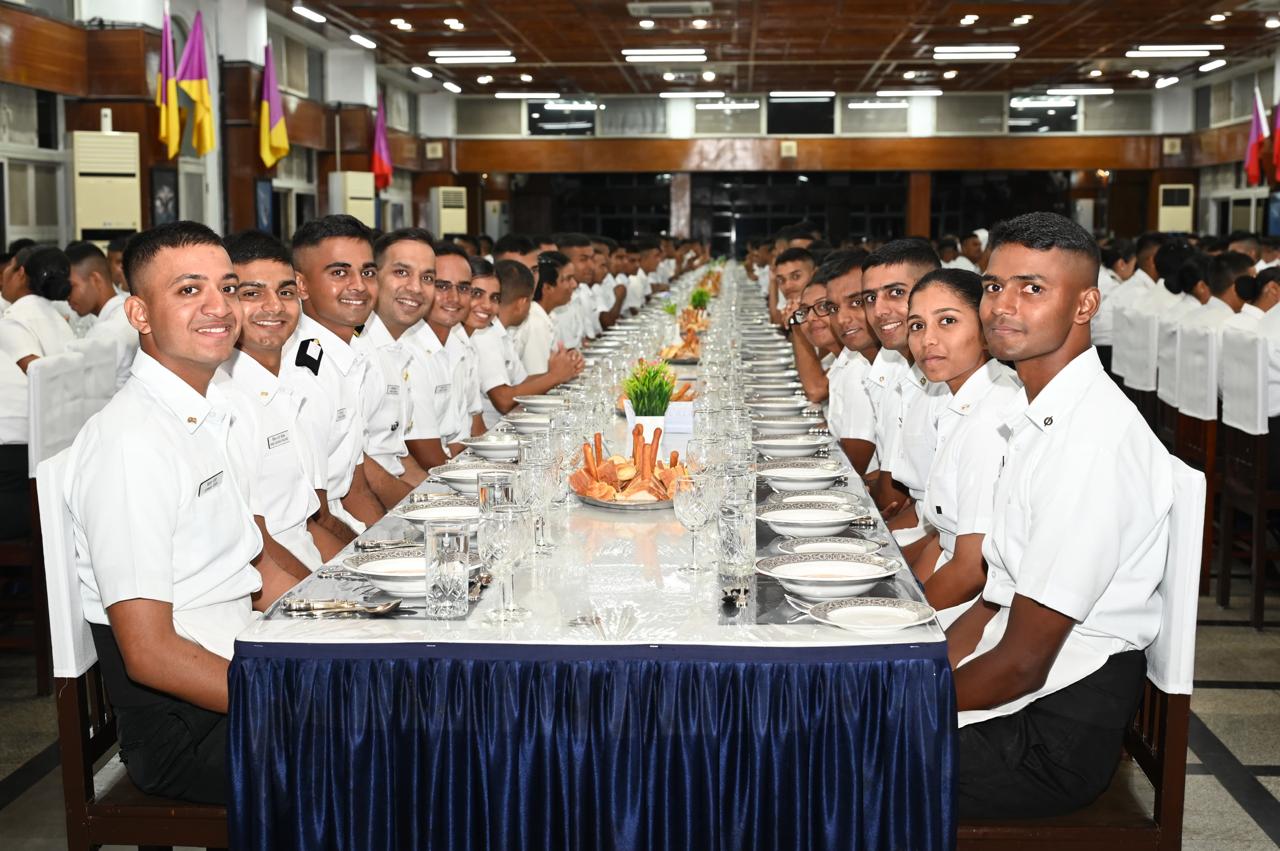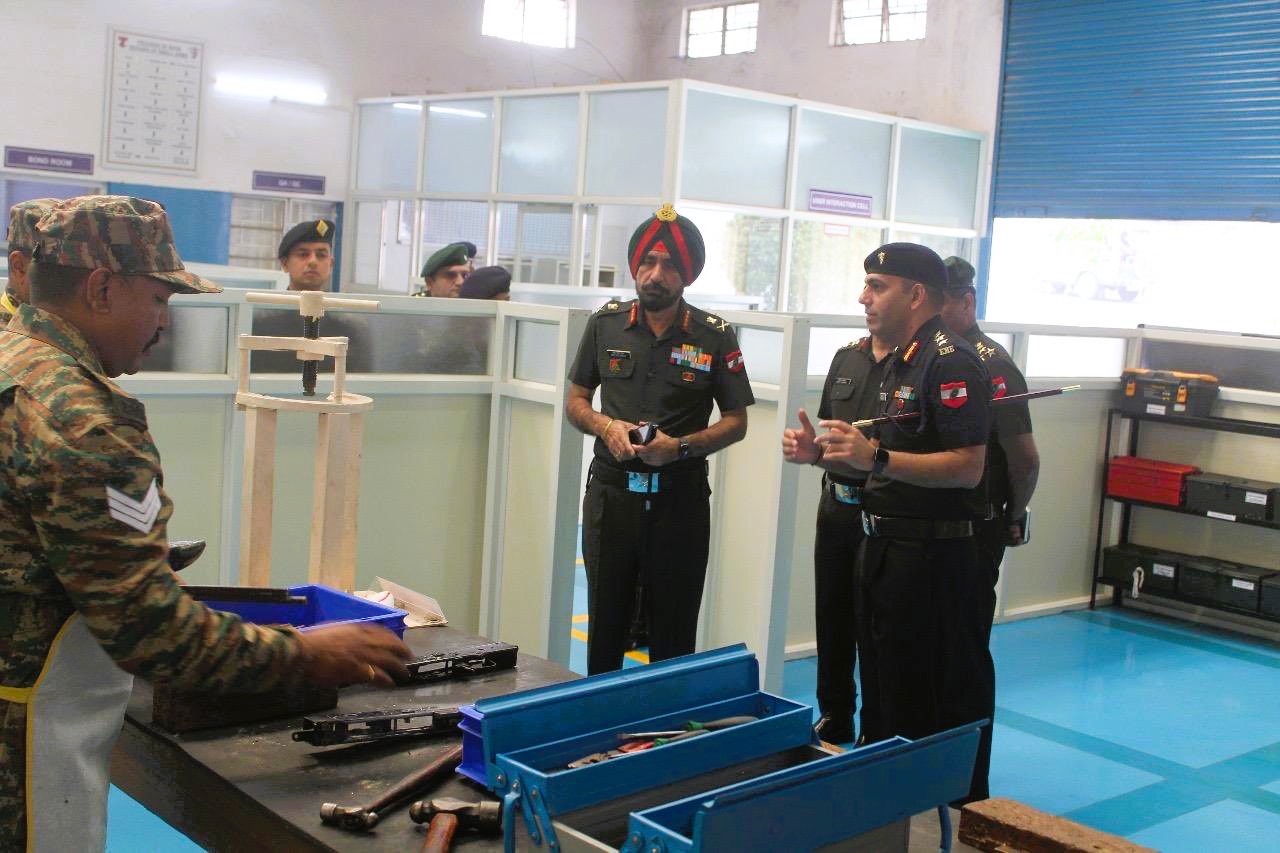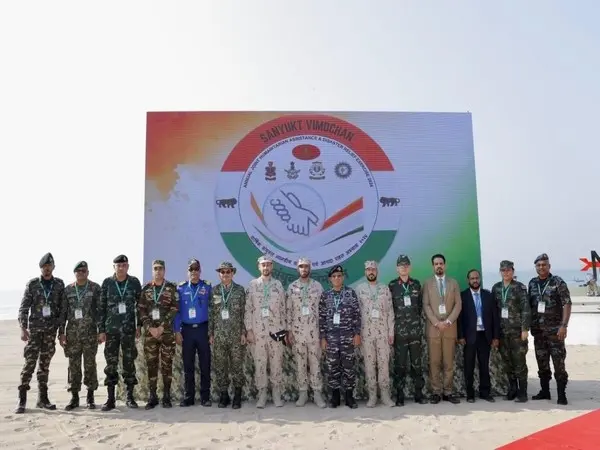A 200-Year Legacy In Jeopardy: Why Nepali Gorkhas May No Longer Serve In Indian Army
Since 2019, there has been a notable decline in the recruitment of Nepali Gorkhas into the Indian Army, marking a…
Naval Group Delivers Third Suffren-Class Nuclear Submarine ‘Tourville’ to French Navy
Naval Group has marked a significant milestone with the delivery of "Tourville," the third submarine of the Suffren-class nuclear attack…
Lt General A S Pendharkar Engages with Security Forces and Ex-Servicemen in Manipur
On the third day of his visit to Manipur, Lieutenant General A S Pendharkar, General Officer Commanding (GOC) of the…
Commandant’s Mess Night held at Indian Naval Academy
The Indian Naval Academy (#INA) marked the commencement of End-of-Term activities for AT-24 with the Deputy Commandant's Mess Night on…
Lt General Prit Pal Singh Visits State-of-the-Art Base Repair Facility in Bhopal
Lieutenant General Prit Pal Singh, AVSM, General Officer Commanding (GOC) of the Sudarshan Chakra Corps, visited the Base Repair Facility…
Army Concludes Multilateral Joint Exercise Sanyukt Vimochan 2024 in Gujarat
The Indian Army has successfully concluded the multilateral joint exercise known as ‘Sanyukt Vimochan 2024’, held in Gujarat. This comprehensive…

